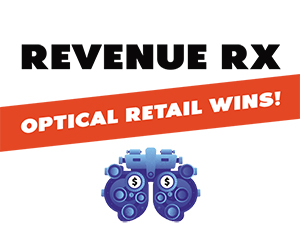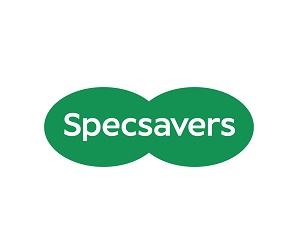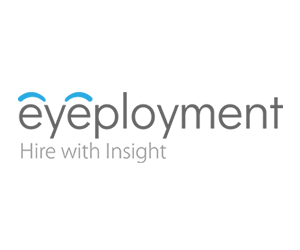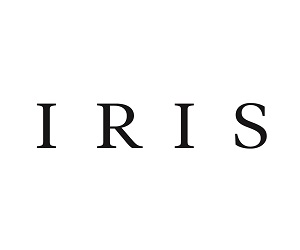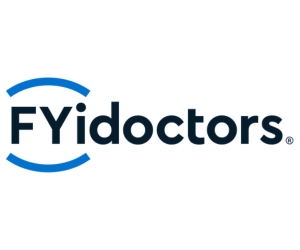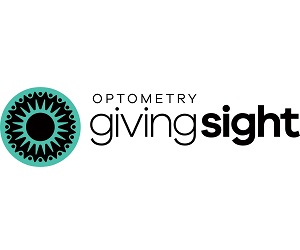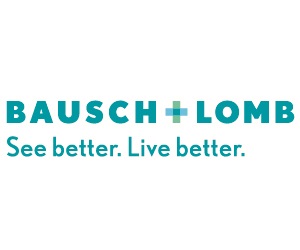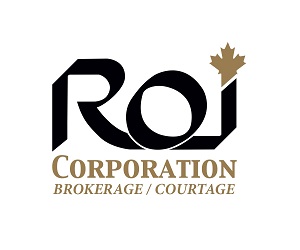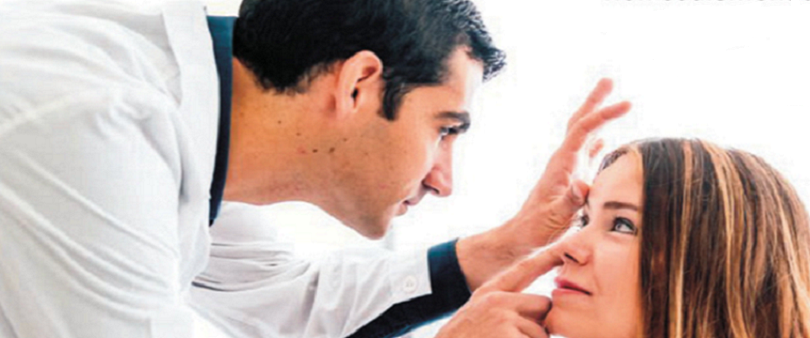
With an aging population, the opportunity to fit both current contact lens wearers and emmetropic patients with multifocal contact lenses is enormous. The benefits of doing so range from delighting patients through to increasing your revenue from higher value contact lenses and add-on sales of reading glasses. So take a moment to consider your practice: do you talk about multifocal contact lenses with every emerging presbyope or do they take a back seat until you have tried and exhausted other options such as monovision?
There are, of course, a number of positives for fitting monovision: it is quick, easy and costs no more than ‘normal’ contact lenses. However, monovision does not do so well in the long run for many patients. As the required near addition increases over time, it becomes more difficult to use the same prescription for both reading and intermediate distances. In my experience, more than half of monovision wearers have difficulty once the near add is over 2.00D. It is then that an alternative solution, such as multifocal contact lenses needs to be explored. The difficulty of this approach is that the patient already requires mid to high adds, and these are harder to adapt to.
My preference is to be proactive and fit multifocals early. In much the same way we might recommend low add varifocal spectacles to ease adaptation, fitting low add multifocal contact lenses makes initial adaptation easier for patients. It also maintains their binocular vision and provides a contact lens solution that can adapt with them over time.
Starting the Conversation Early
While no multifocal contact lens can promise to deliver perfectly clear vision 100 per cent of the time, steps can be taken to promote successful outcomes. In my experience, the most crucial step is to get communication right. Conversations about presbyopia should happen early, before its onset. I routinely talk to pre-presbyopes about what will happen to their vision in the future. It means they are not surprised when reading becomes more difficult and that they are aware of their options.
Communication is also key when it comes to setting expectations. Defining success with multifocal contact lenses helps patients frame their experience more realistically. Explain that multifocal contact lenses will work for a majority of the time and that supplementary reading glasses may occasionally be necessary for fine detail. Setting realistic expectations enables more patients to feel their contact lenses are working as well as could be expected. Scoring the relative convenience of both their spectacles and contact lenses works well too. An 8 out of 10 may not be perfect, but it’s certainly ‘good enough’ for many patients, particularly if they also score their reading glasses or varifocals at the same level. Also bear in mind that multifocal contact lenses are not the best option in every case: patients with unrealistically high expectations or specific detailed visual demands may do better with other forms of vision correction.
I follow three tips when fitting multifocal contact lenses. (1) I always use the manufacturer’s fitting guide, which will have been produced after extensive research. If the guide quotes a particular rate of fit success, it will have been achieved by following specific steps, so no matter how tempting it is to stray, I cannot recommend strongly enough that sticking to the guide should lead to the greatest fitting success. (2) I assess vision with ‘real world’ targets. I try to understand my patient’s visual environment and use that to assess how well they can see. Use real life reading material, ask patients to view their smart phone, tablet or laptop and check their vision across the street. Optimise their vision for everyday tasks. (3) Know when to stop making adjustments. As a young practitioner trying to achieve perfect vision, I would tweak multifocal prescriptions a lot, a practice that is not realistic and leads to disappointment. Use the fitting guide to make one or maybe two adjustments. Have the confidence to face your patient and say ‘this is as good as we can get it’. It is amazing how often they will accept that statement and happily choose to continue with those contact lenses. It avoids the endless pursuit of perfection and puts a sensible limit on chair time.
Increasing Choice for the Practitioner and Patient
Good choice exists for frequently replaced soft multifocals with options available in daily disposable and monthly modalities. Adding to this selection, it is worth being aware of some more recently released designs too. Available in three adds, Johnson & Johnson’s 1-DAY ACUVUE® MOIST® Multifocal is a new hydrogel daily disposable. It combines the performance of etafilcon A with an optimised aspheric centre-near design that accounts for pupil size variance due to both refractive error and age across the power range. Bausch + Lomb’s Biotrue® ONEday for Presbyopia is another new hydrogel. It delivers a centre-near, three-zone progressive design with two add powers. Less recent, but an important alternative in this category is the Clariti® 1-Day Multifocal from CooperVision, currently the only multifocal daily disposable available in a silicone hydrogel material. With many patients choosing part-time contact lens wear, increased choice in the daily disposable portfolio is welcome. Perhaps the most recent addition in the frequent replacement sector is the PureVision®2 for Presbyopia from Bausch + Lomb. Offering an updated design with a wider intermediate area and predictable, efficient fitting, it is a welcome addition to the silicone hydrogel category, alongside other options such as Alcon’s AIR OPTIX® AQUA Multifocal which offers three add powers.
In summary, fitting presbyopes with multifocal contact lenses is best done early and with good clear communication to ensure your patient’s expectations are realistic. Have confidence to be proactive with this group of patients and you will experience the professional and business rewards that follow.
This article was published originally in OPTIK Magazine, February 2016.
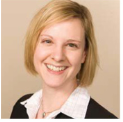
KAREN WALSH, MCOPTOM
Karen Walsh, BSc(Hons) PGDip MCOptom FIACLE Medical Research Fellow Phone: (519) 888-4567 ext.37548 Email: karen.walsh@uwaterloo.ca Karen graduated in Optometry from Cardiff University, Wales in 1997. She subsequently worked in the UK across all forms of clinical practice, along with supervising undergraduate contact lens clinics at Aston University, Birmingham. Following seven years of working with Brian Tompkins in his independent practice that specialized in contact lenses she joined Johnson & Johnson Vision Care as a Professional Affairs Manager for the UK & Ireland in 2007. Karen has authored clinical articles and educational training programmes on both contact lenses and UV radiation; she has lectured internationally, and has taught at the VISION CARE INSTITUTE™ of Johnson & Johnson Vision Care in both Prague and the UK. She holds a post graduate diploma in Clinical Optometry from City University, London and is a Fellow of the International Association of Contact Lens Educators. She joined the CCLR in 2015 and currently holds the post of Medical Research Fellow.












